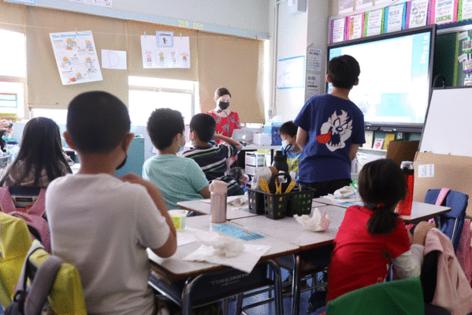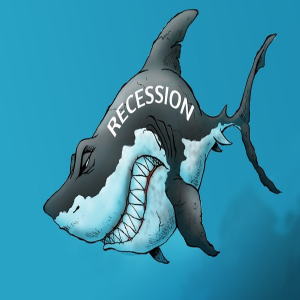Commentary: Blowing past the warning signs: The teacher morale crash is here
Published in Op Eds
If you follow education policy at all, you’ve probably heard about the looming “Fiscal Cliff.” As pandemic-era federal support runs out, school districts that used temporary funding to create permanent initiatives are going to fall over it.
But American K-12 education appears to be in the midst of an immediate and menacing development: A teacher morale crash.
What do we mean by that? Recent research tells us the appeal of the teaching profession and job satisfaction of teachers have been declining for years. In a new Annenberg working paper, "The Rise and Fall of the Teaching Profession," Matthew Kraft and Melissa Lyon show stagnant teacher wages, higher costs of postsecondary education and teacher preparation, perceived losses of professional autonomy and job security are some of the factors that likely have contributed to the modern decline of teacher disengagement and dissatisfaction. Their analysis is crucial for understanding the severity of the situation and underscores the urgent need for substantial changes.
More recent survey data show accelerated crashing in the past 12 months. According to the most recent teacher survey by EdChoice/Morning Consult, only 39% of teachers feel K–12 education is on the right track in their local school district, the lowest level observed in four years. Teachers’ views of K–12 education at the state and national levels are similarly grim, with only 26% and 19% feeling that it is heading in the right direction, respectively. Furthermore, only 15% of teachers said they would recommend the teaching profession to friends or family members, also at the lowest level in four years.
Late last year, Gallup surveyed teachers and the findings followed the distressing pattern. Only one-third of teachers felt engaged in their work, a sharp decline from previous years. Nearly 40% said they felt frequently burned out. One stark example of this disillusionment manifested dramatically last summer in Garfield Heights, Ohio, where approx. one-third of teachers resigned en masse ahead of the current school year.
Reasons for burnout and frustration have emerged in various surveys. EdChoice’s survey shows 47% of teachers say student misbehaviors in their classrooms are more frequent this year compared to last year. According to a Pew survey of public school teachers, 67% said they don’t have enough influence over disciplinary practices at their school.
To tackle these interconnected challenges, it is vital to tackle these issues in a three-pronged approach. First, policymakers can encourage more decentralized decision-making by revamping policies for more teacher freedom and reducing bureaucratic red tape. Second, school leaders would be wise to foster a culture of trust with teachers by valuing their skillsets and expertise, providing more opportunities to be more involved in curriculum decisions and other school decision-making processes. And finally, reducing bureaucratic constraints and granting greater control over teaching methods and assessments will also restore teachers' sense of professional agency and dignity.
America’s K-12 education ecosystem must evolve to meet today's workforce dynamics by offering more flexible and varied career pathways for teachers. This approach could accommodate personal and professional growth stages, making the teaching profession more sustainable and attractive.
Hopeful developments are beginning to appear on the horizon. One is the emergence and growth of microschools, often launched by former teachers looking to create more intimate and responsive learning environments. According to a recent report from the National Microschooling Center, 48% of prospective microschool founders, as well as 38% of current microschool founders, are currently licensed educators. A few other positive developments are the broader appeal and higher visibility of differentiated teacher pay, hybrid schooling, and tutoring. The latter has been a hot topic lately because of the growing body of research showing positive impacts on enormous challenges like student absenteeism and learning loss.
The teacher morale crash is right in front of us. Current and prospective teachers alike appear turned off or burnt out by what they see happening in K-12 education today, in both public and private sectors. During Teacher Appreciation Week, we celebrate educators, and the best way to do that is to listen to them, report their concerns, and identify opportunities for lifting morale. It is essential for states, districts, and schools to repair and overhaul the professional environment and incentives for teachers. We must ensure they have the trust, respect, and opportunities necessary to thrive and fulfill their mission to educate the next generation.
____
Paul DiPerna is the Vice President of Research and Innovation at EdChoice, a 501(c)(3) nonprofit, nonpartisan organization working to advance educational freedom and choice for all students as a pathway to successful lives and a stronger society. Colyn Ritter is a Senior Research Associate there.
___
©2024 Tribune Content Agency, LLC.







Comments